However, many opinions expressed concerns about the implementation of this standard.
The Ministry of Education and Training has officially issued the Standard for Semiconductor Microchip Training Programs at the undergraduate and master's levels with some changes compared to the previous draft. This Standard only applies to universityeducation institutions (including 18 schools) participating in the implementation of the Semiconductor Industry Human Resource Development Program to 2030, with a vision to 2050 according to Decision No. 1017 of the Prime Minister in 2024.
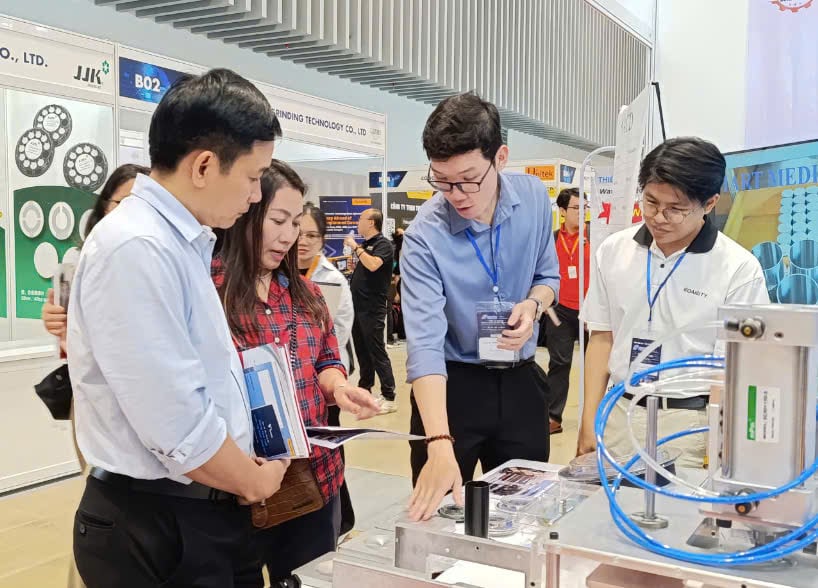
An international exhibition on semiconductors in Ho Chi Minh City. The semiconductor industry is part of the country's development strategy.
PHOTO: THUY LIEU
AVERAGE 8 POINTS/SUBJECT, MATH NOT LESS THAN 8 POINTS
Specifically, the entrance standards for the bachelor's and engineering programs at level 6 and level 7 require that the admission method based on the results of the high school graduation exam must meet 3 criteria: the admission combination must include math and at least one subject in natural science suitable for the semiconductor training program; the total score of the subjects in the combination must reach at least 80% of the scale (for example, it must reach at least 24/30 for a combination of 3 subjects); the math test score must reach at least 80% of the scale (for example, at least 8/10).
For other admission methods, the converted admission score must be equivalent to the conditions in the high school graduation exam score consideration method.
For those who have a university degree, the major must be suitable for the training program applied for. The cumulative average score of the graduated training program must be from 2.8/4 or higher (or equivalent). Students who are studying from other majors and transfer to the semiconductor training program at the time of consideration must meet the same conditions as candidates of the above high school graduation exam score consideration method and have a cumulative average score of 2.5/4 or higher (or equivalent).
Regarding the training program volume, the bachelor's program has 120 credits and the engineering program (level 6 and level 7) has 150 credits (not including the volume of physical education, national defense - security according to current regulations). Of which, the volume of basic math and science knowledge must account for 30 credits; the time for experimental practice and practical experience must account for at least 25% for bachelors and engineers (level 6), 30% for engineers (level 7) of the total number of credits.
According to the Ministry of Education and Training, these standards are the minimum general requirements applicable to all training programs of university and master's degrees according to current regulations participating in training human resources for the semiconductor industry.
This is also a point that makes schools wonder. The head of the training department of a university in 18 schools said: "The list of statistics of majors related to semiconductors that can participate in training human resources for the semiconductor industry at the university level that the Ministry has issued includes 38 majors. Therefore, there is an unclear point here: only majors that directly train semiconductors will follow the standard, or will all 38 majors be added? If 38 majors also have to follow the above standard, it will be too difficult for schools. Because in reality, in the past, there were many majors that were very difficult to enroll, such as physics, materials science, thermal engineering technology... Requiring 38 majors with a standard score of 24 points and a minimum math score of 8 points is very difficult".
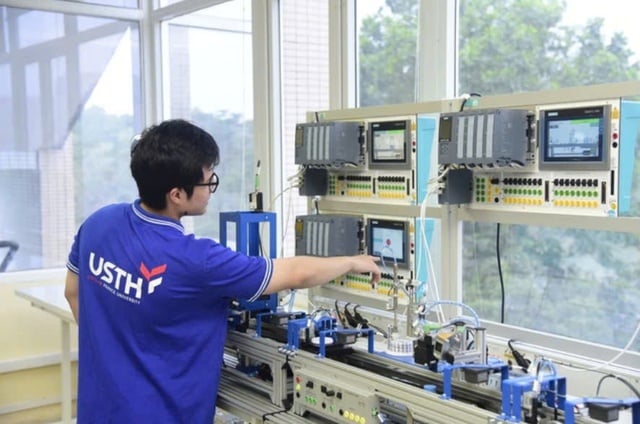
In 2024, many universities will start enrolling students in semiconductor microchip industry.
PHOTO: LN
EXPECTATIONS TO AVOID OVER-EXPLOSION OF INDUSTRIES
Associate Professor Dr. Nguyen Huu Hieu, Principal of the University of Technology (University of Danang ), said that the standard semiconductor training program will be an important basis to ensure training quality, meeting the requirements for human resources in this field. "An average input of 8 points/subject and a math score of no less than 8 points is necessary," said Mr. Hieu.
Ensuring the number of credits for math and basic science must be 30/120, according to Mr. Hieu, is based on ABET standards, a university training quality assessment standard that has been recognized worldwide, so it is very scientifically and practically based.
"With such a duration, students will have enough basic knowledge and thinking ability to adapt to the rapid changes in technology, especially for the semiconductor industry, which is considered the fastest growing industry in history. Besides, with semiconductor microchips in particular and engineering in general, focusing on practice is obvious. This is a factor that Vietnamese students are often weaker in compared to the international level. Therefore, the regulation on practice time is completely appropriate," Associate Professor, Dr. Hieu commented.
According to Mr. Hieu, this standard will help schools build more focused and oriented programs, avoiding the situation of simply adjusting existing training programs by adding a few subjects on semiconductors to open new programs, and avoiding opening widespread programs while not meeting the requirements on facilities.
Sharing the same view, Dr. Tran Huu Duy, Head of Training Department of Dalat University, affirmed that such input regulations and standard curriculum framework for the semiconductor industry are very necessary.
"The semiconductor training program of some construction schools is mainly electronic engineering and then says it trains semiconductors, which is not correct. Electronic circuit calculations are very complicated, so studying this major requires a very good foundation in math and physics, and good foreign language skills. Due to its specificity, this major requires students to do a lot of internships. Therefore, the standards set by the Ministry are reasonable," Dr. Duy acknowledged.
Dr. Nguyen Trung Nhan, Head of Training Department of Ho Chi Minh City University of Industry, also affirmed: "This is a special field of study that requires a good foundation. Therefore, an average input of 8 points/subject and a minimum of 8 points in math is appropriate."
NEED A COMMON "PLAYGROUND"
However, Dr. Nhan said that currently, not only are there 18 schools on the list participating in the Semiconductor Industry Human Resource Development Program according to Decision No. 1017 of the Prime Minister, but there are many other schools that have been and are preparing to enroll students for training in this field. "According to this decision, schools not on the list will not need to follow the semiconductor training program standards. In my opinion, any school participating in training in this field must follow the Ministry's standards to meet quality goals," Dr. Nhan commented.
Dr. Duy also affirmed that in order to train quality human resources for the semiconductor industry, all schools must share a "playing field", meaning that all must meet the standards. "If the trained human resources cannot be used, it will be a waste of social resources. Therefore, if we want to prioritize quality, this standard must be applied universally," Dr. Duy said.
Explaining why the Ministry only applies training program standards to 18 schools, Dr. Tan Hanh, former Deputy Director of the Academy of Posts and Telecommunications Technology, said that it may be because these 18 schools are given priority by the state to consider investing in laboratories for training.
"Perhaps the Ministry of Education and Training's intention is that schools that receive priority investment from the state must follow this standard. However, once a standard is set for a field of profession, all must follow it, and it is not possible to apply this school but not another school. Units that are not in the 18 schools, if they are training semiconductor chips or preparing to open a major, should also base themselves on this standard if they want their trained human resources to meet practical requirements," Dr. Tan Hanh stated his opinion.
18 schools apply Semiconductor training program standards
Participating in the implementation of the Semiconductor Industry Human Resource Development Program to 2030, with a vision to 2050 according to Decision No. 1017 of the Prime Minister, including 18 schools:
University of Information Technology (Ho Chi Minh City National University), University of Natural Sciences (Hanoi National University), Danang University, Hanoi University of Science and Technology, Thai Nguyen University, Hue University, Military Technical Academy, Academy of Posts and Telecommunications Technology, University of Transport, Hanoi University of Science and Technology, Hanoi University of Industry, Vinh University, Can Tho University, Ho Chi Minh City University of Industry, Ho Chi Minh City University of Technical Education, University of Electricity, Academy of Cryptography Engineering, Vietnam-Germany University.
Source: https://thanhnien.vn/chuan-dao-tao-vi-mach-ban-dan-ban-khoan-pham-vi-ap-dung-185250525221731983.htm






![[Photo] Pink ball and table tennis](https://vphoto.vietnam.vn/thumb/1200x675/vietnam/resource/IMAGE/2025/5/26/d9f770bdfda243eca9806ea3d42ab69b)

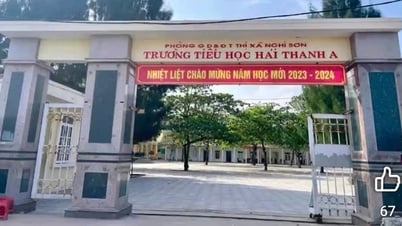




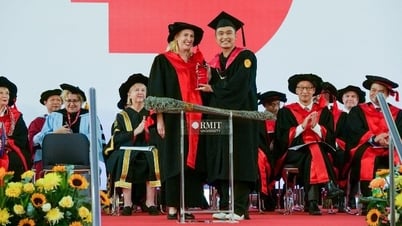













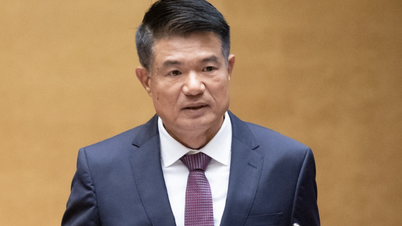

![[Photo] Official welcoming ceremony for French President Emmanuel Macron and his wife on a state visit to Vietnam](https://vphoto.vietnam.vn/thumb/1200x675/vietnam/resource/IMAGE/2025/5/26/a830702ef72f455e8161b199fcefc24d)










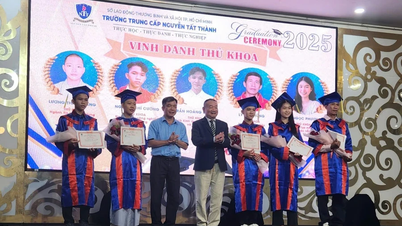





















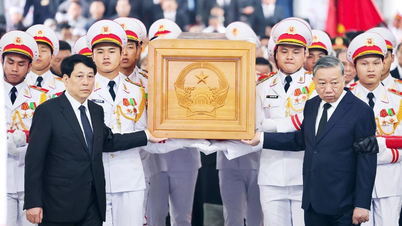















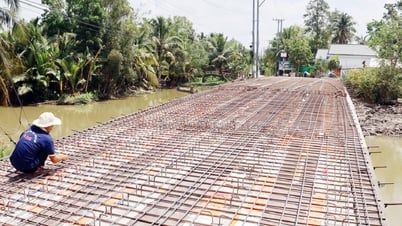




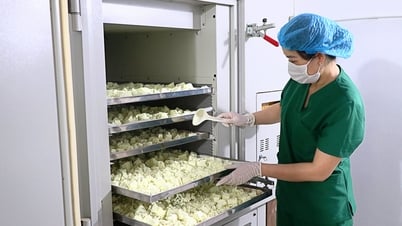









Comment (0)